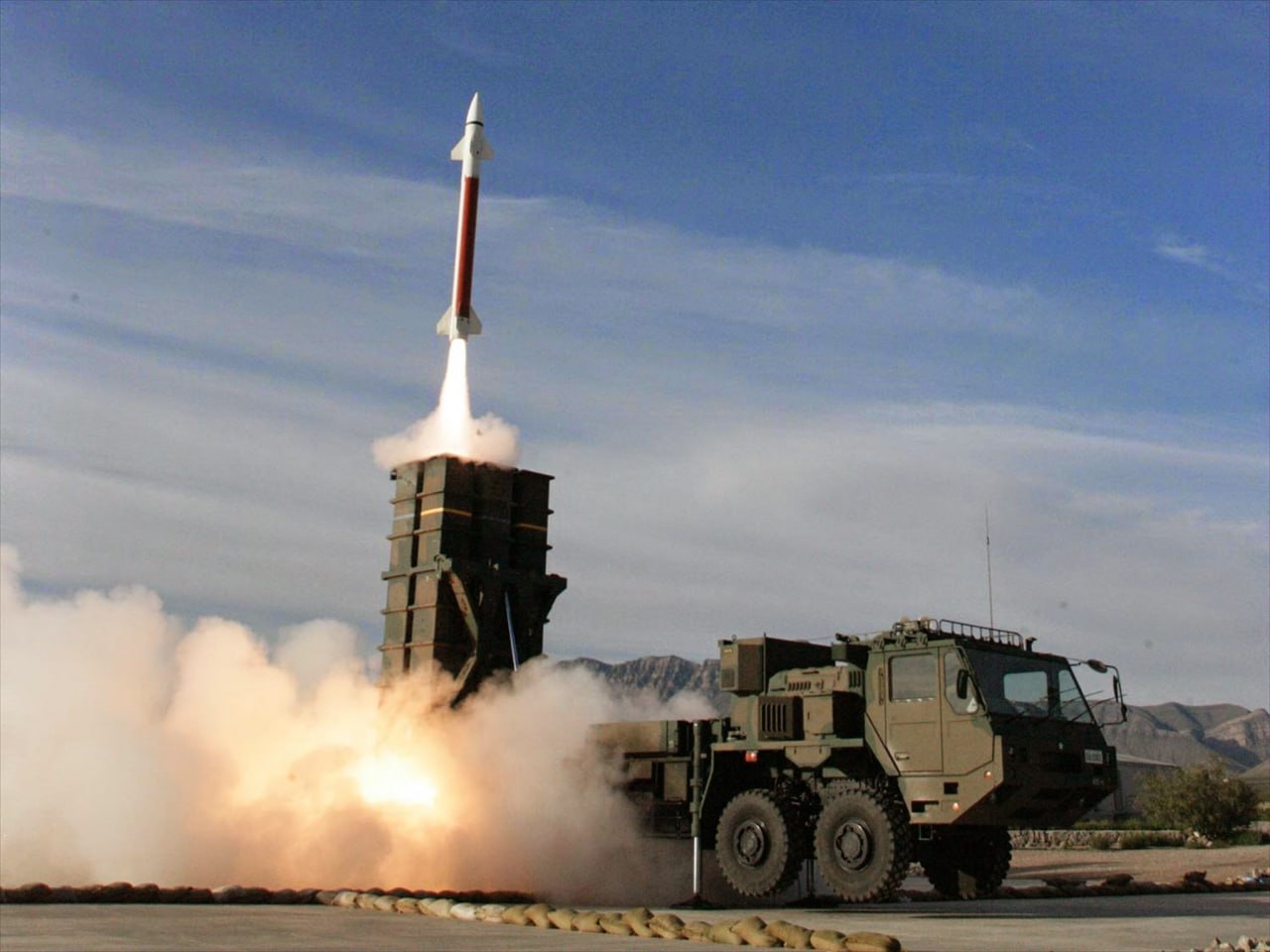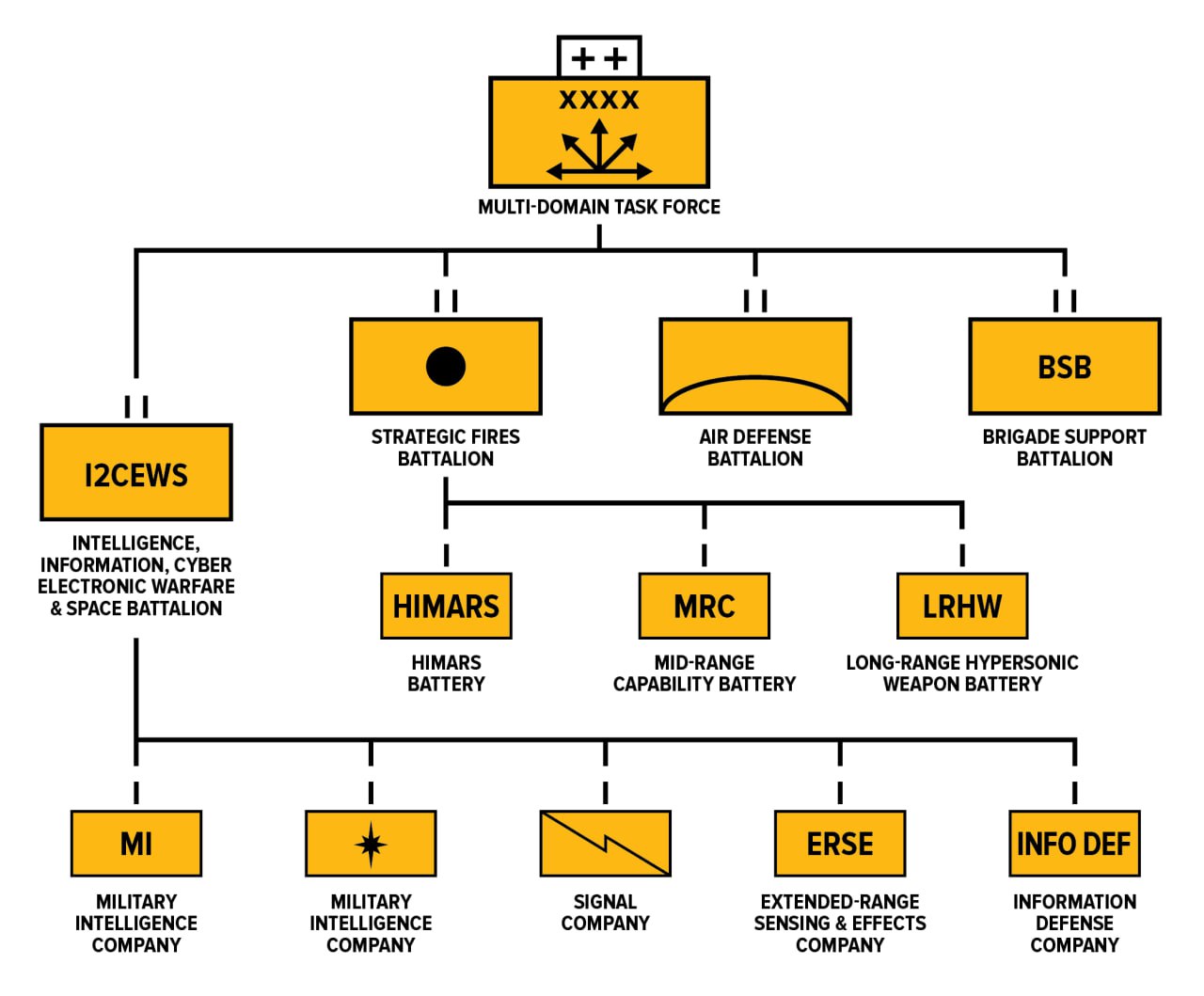On May 14, 2024, the United States conducted another subcritical nuclear test at the Nevada National Security Site (NNSS). According to the National Nuclear Security Administration (NNSA), the test was carried out to gather data that will help refine computer models used to assess the safety, reliability, and effectiveness of the U.S. nuclear arsenal.
The NNSA emphasized that the experiment did not violate the Comprehensive Nuclear-Test-Ban Treaty (CTBT), as it involved no nuclear chain reaction (i.e., no critical mass was reached). However, it is worth noting that while the U.S. has signed the CTBT, it has not ratified it, meaning the treaty is not legally binding for Washington.
Broader Context: Previous Test & Political Implications
On October 18, 2023, the U.S. conducted a similar subcritical test, which the Department of Energy claimed was aimed at improving detection capabilities for underground nuclear explosions by foreign states.
Officially, these tests help verify compliance with the CTBT and the Non-Proliferation Treaty (NPT)—since full-scale nuclear tests are banned, subcritical experiments allow scientists to validate nuclear weapon models without triggering an actual explosion.
Possible Geopolitical Signaling
The timing of the May 2024 test coincided with the Russian State Duma’s final approval of a bill to withdraw from the CTBT—a move some analysts interpret as a strategic message from the U.S. Possible implications:
Deterrence & Detection Capability – The U.S. may be signaling that it can detect and expose any clandestine nuclear tests by Russia or other nations.
Flexibility for Future Tests – Since the U.S. has not ratified the CTBT, it retains the legal option to conduct full-scale nuclear tests if deemed necessary—without facing direct treaty violations.
Pressure on Russia – The test could be seen as a warning against further escalation, reminding Moscow that Washington maintains superior verification and nuclear modernization capabilities.
Conclusion
While the U.S. frames these tests as technical and safety-related, their geopolitical undertones are undeniable. The dual-use nature of subcritical experiments—both for scientific validation and strategic signaling—highlights the fragility of nuclear arms control agreements amid rising tensions between nuclear powers.

